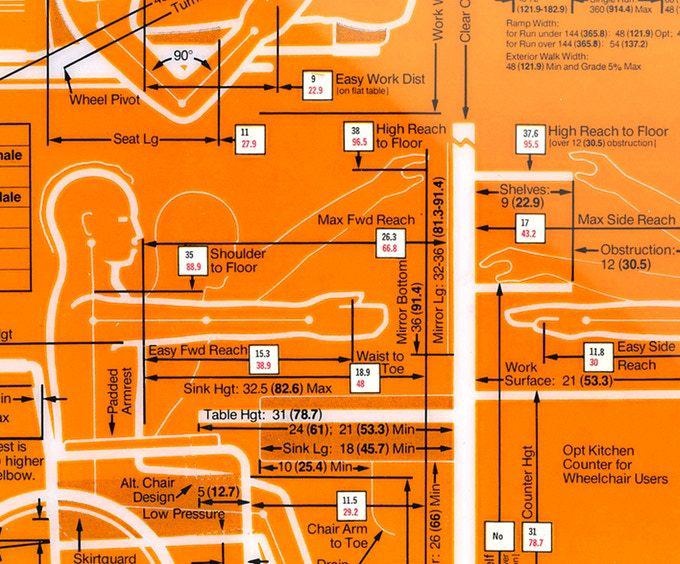The second significant innovation of the built environments industry came in the 1980s with the emergence of ergonomic seating. Stemming from broader trends in human factors design, health, and safety, furniture makers began to explore and promote chairs that more directly addressed the physical needs of workers. The emergence of knowledge work, specifically working with personal computers, led the idea that people sitting for longer periods would need greater attention and support to maintain or increase their productivity. Legal and insurance frameworks empowered workers to expect more from their employers.

Furniture makers responded by introducing products with greater attention to human anatomy, variability, and adjustability. New terminology and an understanding of ideal chair proportions and features emerged as furniture makers capitalized on the trend. High-end ergonomic seating products introduced in the 1990s epitomized a desire to support the digital knowledge worker. Since then, furniture manufacturers have continued to launch both premium and more affordable ergonomic seating alternatives.
As ergonomic seating has become commoditized, industry players look to envelope a broader view of human factors and overall employee health. Some employers are increasingly concerned with holistic facility wellness for better productivity and employee retention. Facility providers are looking to address these needs with new product and service offerings. How a company views its facility is increasingly a question not only of performance but values.
